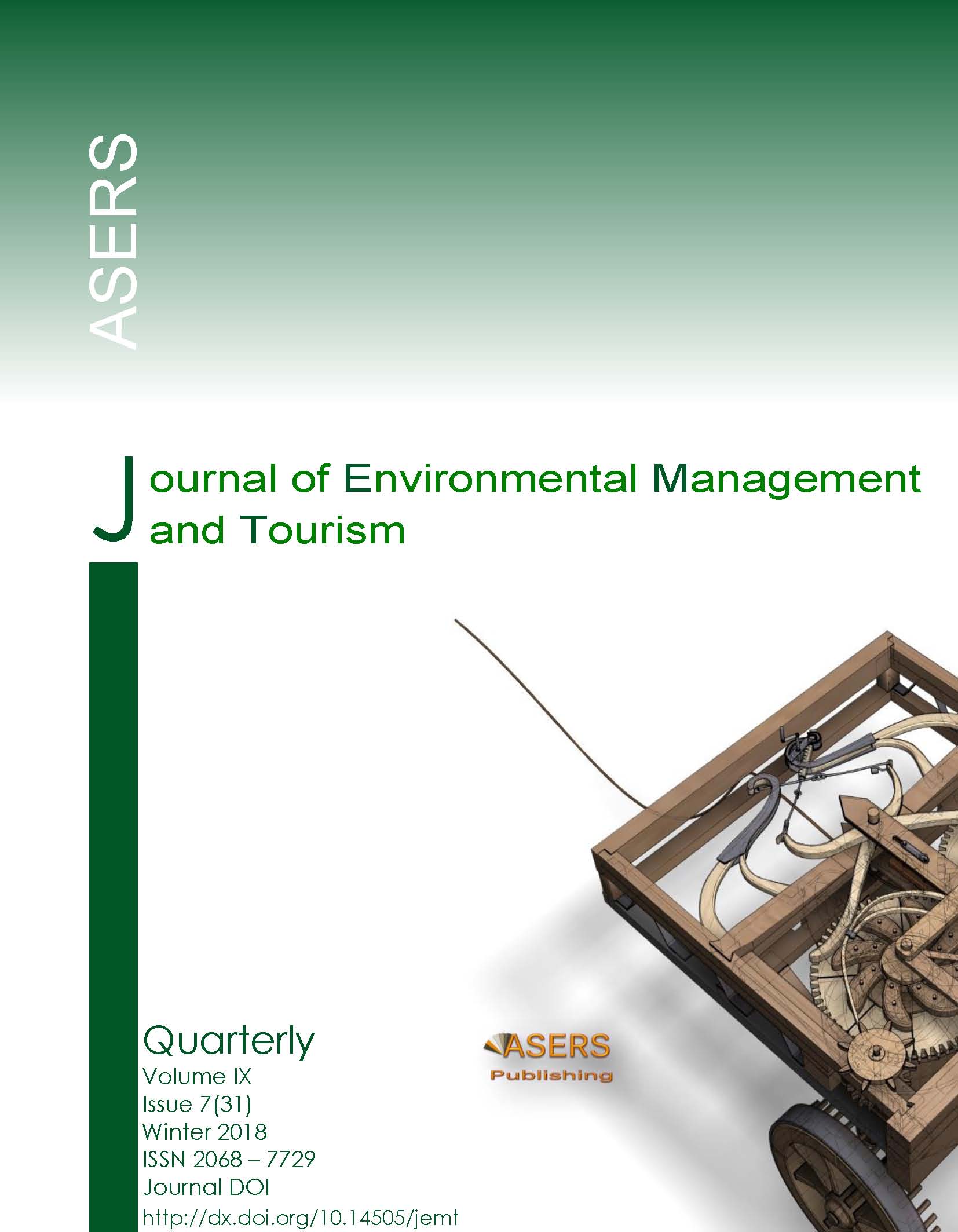Environmental Management Systems and Environmental Performance: The Case of Russian Energy Sector
Environmental Management Systems and Environmental Performance: The Case of Russian Energy Sector
Author(s): Valery IOSIFOV, Svetlana RATNERSubject(s): Economy, National Economy
Published by: ASERS Publishing
Keywords: environmental management systems; ecology effects; energy companies; certification; t-test; integrated management systems;
Summary/Abstract: Nowadays one of the most common organizational eco-innovations in energy companies is introducing environmental management systems (EMS). Nevertheless, the issues of environmental and economic efficiency of EMS remain controversial. The purpose of this work is to develop a methodology for assessing the effectiveness of environmental management systems of Russian energy companies certified in accordance with ISO 14001. Since Russian companies do not have EMAS conformance certificates, the issues of the effectiveness of environmental management systems under the European Environmental Management Scheme and eco-audit were not considered in this study. The study is based on the data from annual corporate reports of the largest energy companies of the Russian Federation, which have the organizational and legal form of public joint-stock companies. The selection criteria were: i) the existence of an integrated management system, which is based on a certified environmental management system; ii) the presence in the corporate reports of data on the environmental performance of the company, at least a few years before and after the introduction of EMS, sufficient for statistical analysis using a two depended samples T-test. The study has shown that the application of ISO 14001 can be considered as a condition for the development of eco-innovation, as a well-designed environmental management strategy covers the whole range of issues related to innovative development, modernization and competitiveness. The introduction of EMS is also associated with an increase in the information transparency of the entire production system of the company, which is also a positive point in terms of the development of innovative processes.
Journal: Journal of Environmental Management and Tourism (JEMT)
- Issue Year: IX/2018
- Issue No: 07 (31)
- Page Range: 1377-1388
- Page Count: 12
- Language: English
- Content File-PDF

